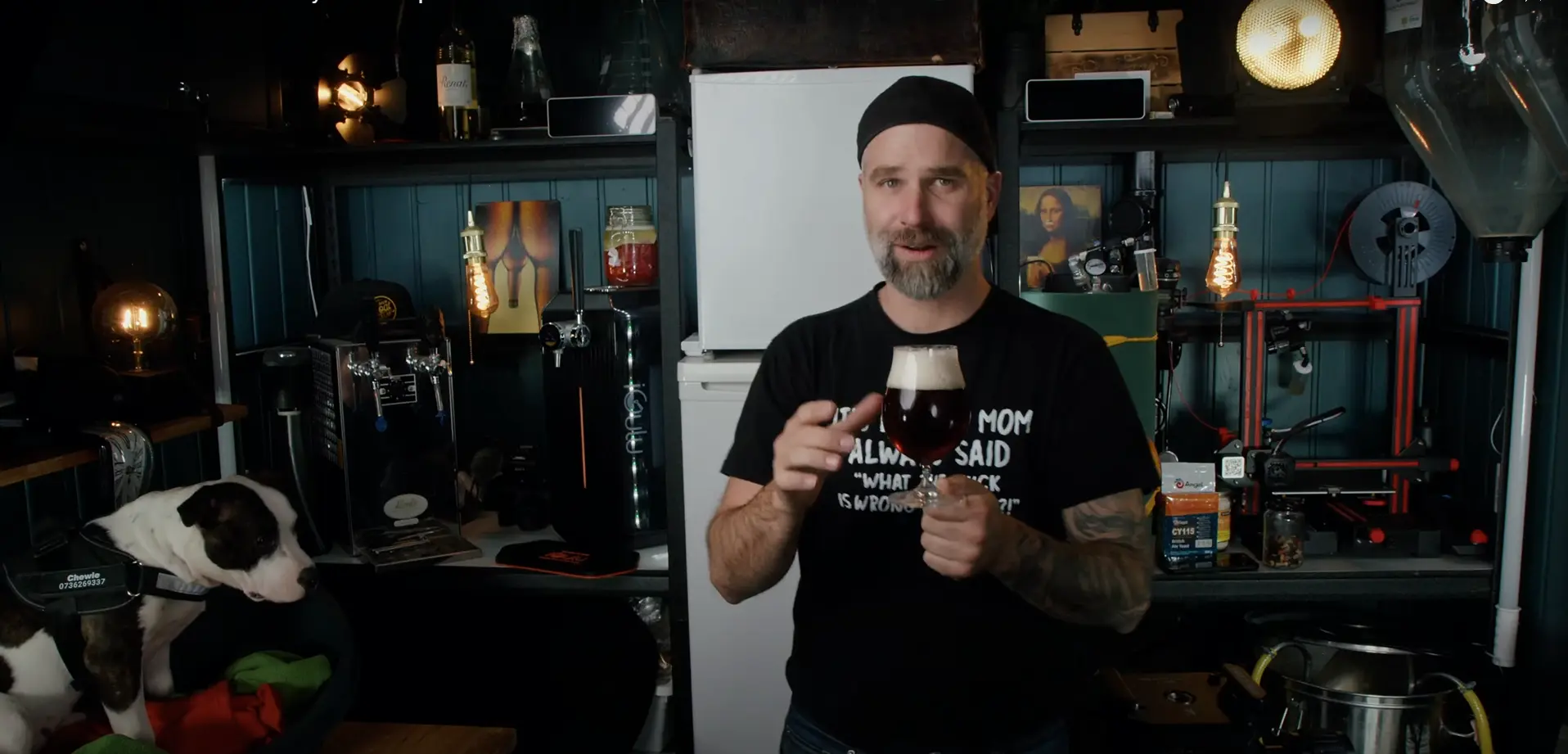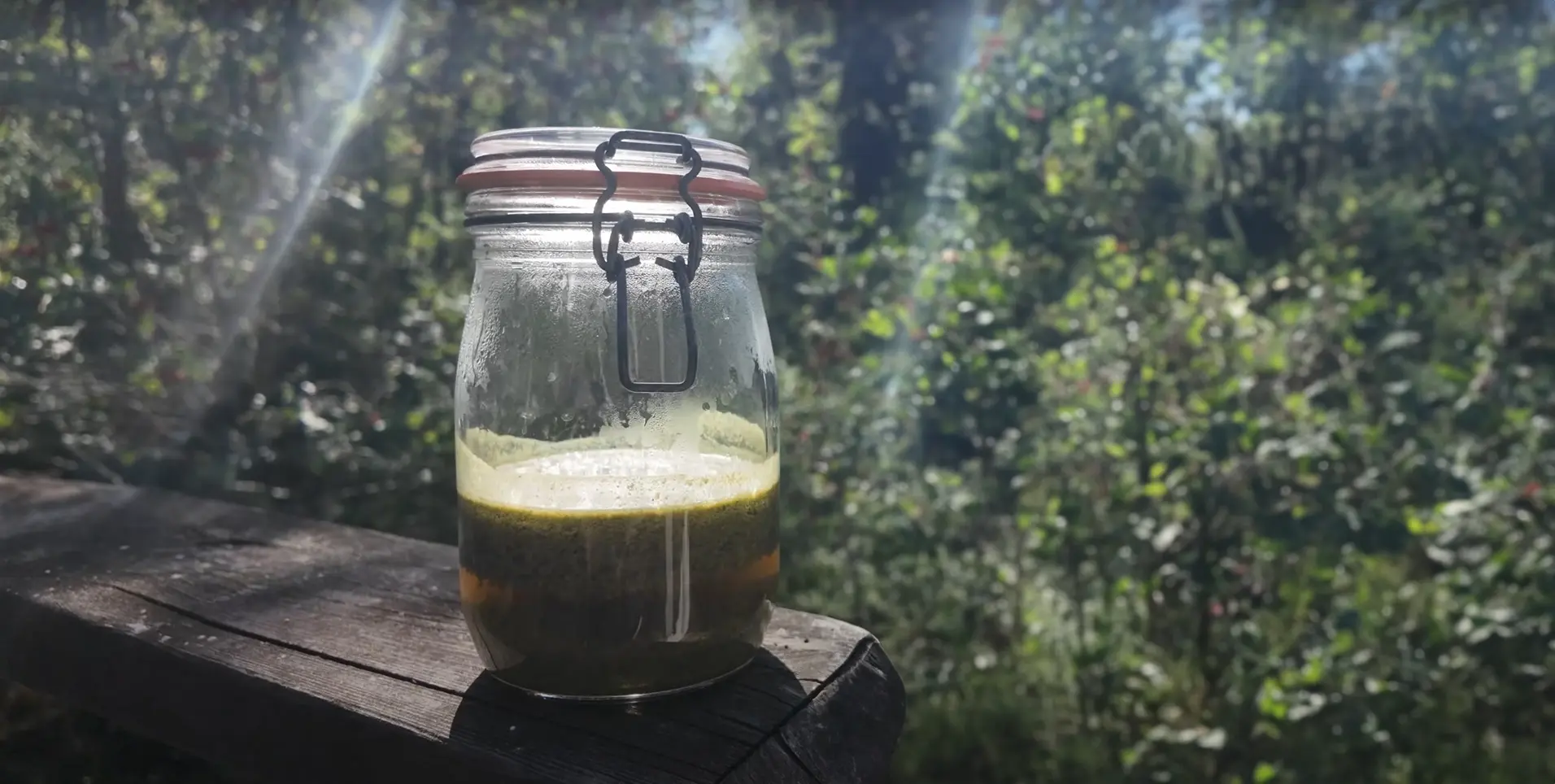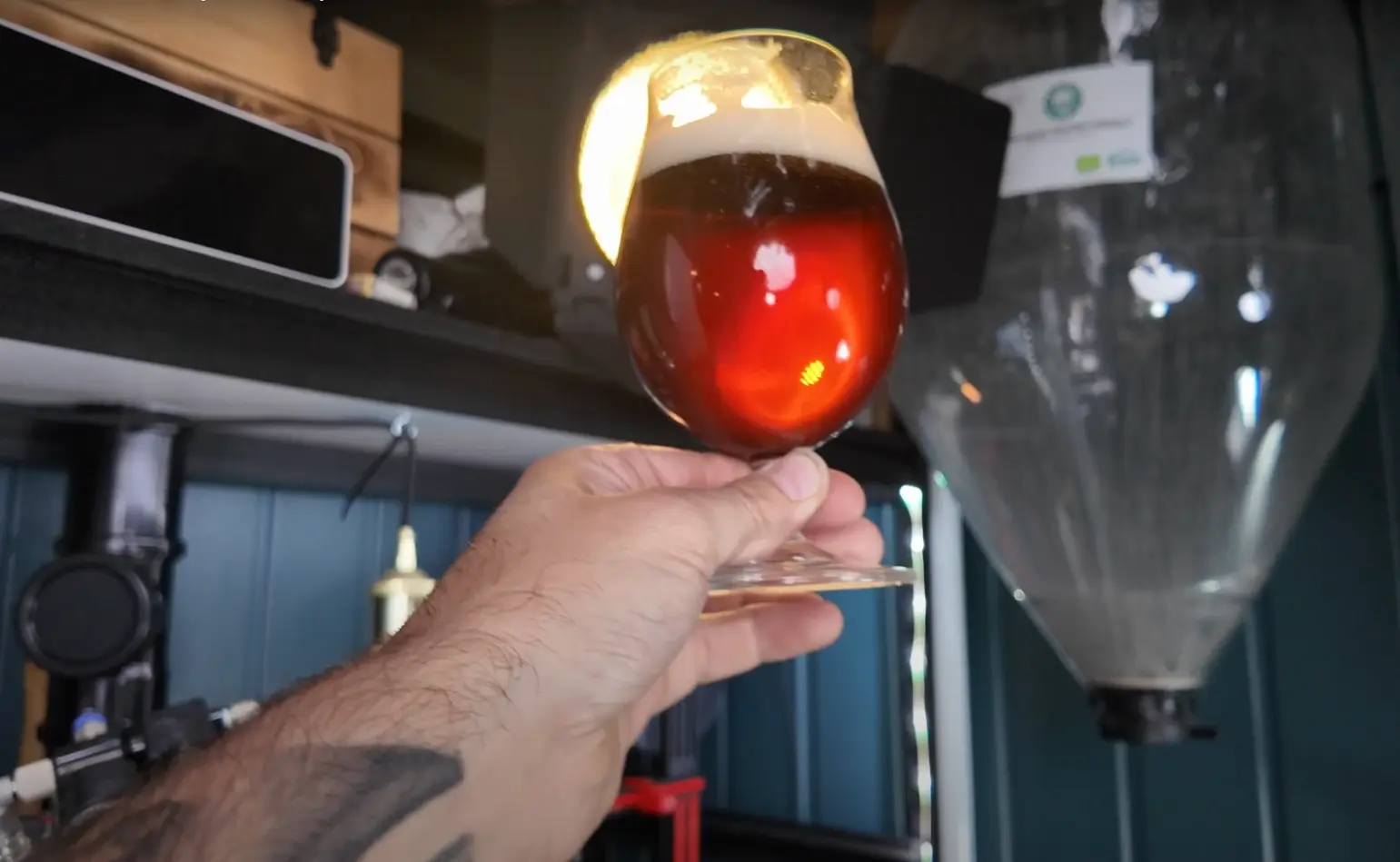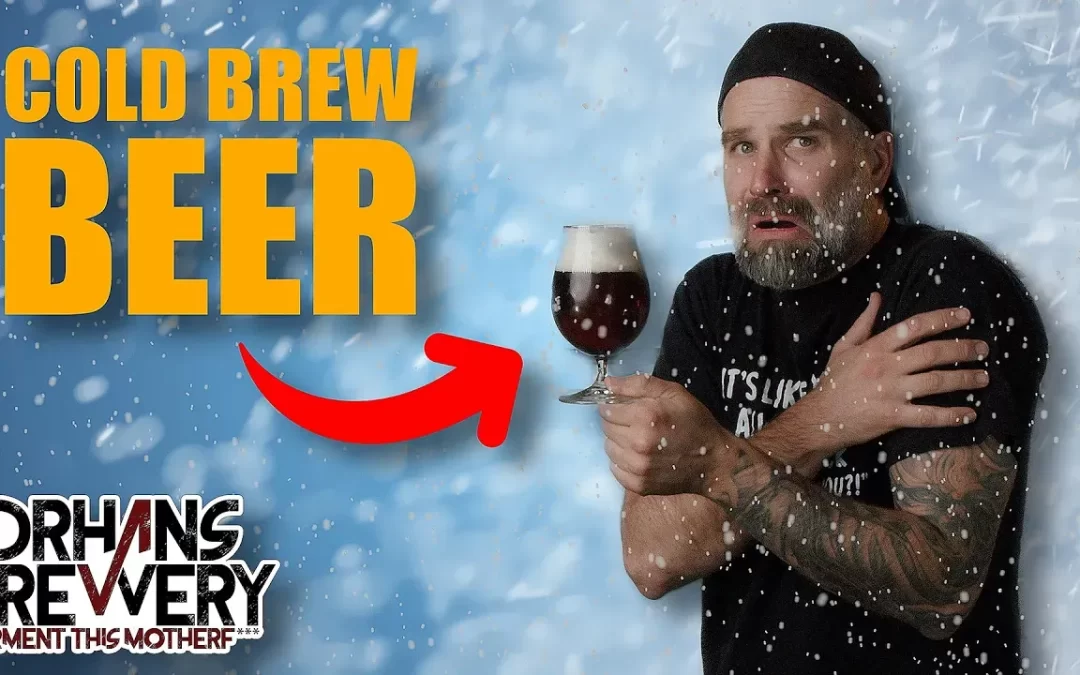Exploring Cold Brew Beer: A Unique Twist on Homebrewing
Introduction:
In the world of homebrewing, experimenting with different techniques is one of the best ways to learn and discover new methods. Recently, I decided to explore a unique approach to brewing: cold brew beer. Using dry malt extract (DME) and skipping the traditional hot boil, I set out to create a flavorful beer with minimal steps. With some help from hop tea and Angel Yeast’s CY115 British Ale yeast, I was able to put together a smooth, delicious brew. Here’s how the process unfolded.
Why I Tried Cold Brew Beer
The idea of cold brewing has been around in other areas, such as coffee, but I wanted to see how it would translate to beer. Using DME for convenience and consistency, this method skips the traditional all-grain mash and boil, focusing instead on hop tea and cold water. The result? A unique twist on homebrewing that simplifies the process without sacrificing quality.
Since there’s no boiling step in this method, sanitization is especially important. Every piece of equipment that touches the wort needs to be thoroughly sanitized to prevent contamination. Additionally, without boiling the water, water quality plays a bigger role. If your tap water has high levels of chloramine, it can affect the final flavor. I recommend using store-bought, RO-water, or boiling your water beforehand if necessary.
This approach is different from my Shake N Brew method, where there’s a hot step on brew day to extract bitterness and sanitize the vessel. With cold brew beer, simplicity is the key, but it’s essential to stay vigilant about cleanliness and water quality.

The Brewing Process: Using DME and Hop Tea
For bitterness, I steeped 25 grams (0.88 oz) of Fuggles hops in 500 ml (17 fl oz) of boiling water the night before, allowing it to cool overnight. This hop tea added the necessary bitterness without needing a full boil.
On brew day, I filled my fermenter with cold water and added the cooled hop tea. I then sprinkled Angel Yeast CY115 and added BrewNutri-Z yeast nutrients to help ensure the yeast stayed healthy throughout the fermentation. No shaking or stirring was necessary—just mix and let the yeast do its work.
Shout-Out to Angel Yeast: Thanks to Angel Yeast for providing their CY115 British Ale yeast and BrewNutri-Z yeast nutrients for this experiment. Their products helped me get the most out of this cold brew beer. You can find out more about their brewing products here.

Fermentation and Pressure Control
For this experiment, I used my no-fridge temperature control method, which lets me keep the fermentation temperature stable without using a refrigerator. If you’re curious about this method, check out my video on the no-fridge temperature control method to see how it works.
Fermentation started slower than expected due to the lack of aeration, which is typical with DME. However, the BrewNutri-Z nutrients gave the yeast the support it needed, and fermentation proceeded under pressure with a spunding valve to control CO2. After a two-week cold crash, the beer was clear, with a beautiful amber color and a persistent head. The Angel Yeast CY115 gave the beer a fruity, clean profile, perfect for the English bitter style I was aiming for.

The Recipe
Here’s the recipe I used for this cold brew beer experiment:
- Batch Size: 8 liters (2.1 gallons)
- Fermenter Size: 9-liter (2.4 gallons) vessel
- Hop Tea:
- 25g (0.88 oz) Fuggles hops
- 500ml (17 fl oz) boiling water (steep overnight)
- DME: 1 kg (2.2 lbs) medium DME (dry malt extract)
- Yeast: Angel Yeast CY115 British Ale yeast
- Yeast Nutrients: Angel Yeast BrewNutri-Z
- Water: Fill the fermenter with cold water to reach your batch size
Instructions:
- The night before brew day, boil 500 ml (17 fl oz) of water and steep 25g (0.88 oz) of Fuggles hops. Let it cool overnight.
- On brew day, fill your fermenter with cold water and add the cooled hop tea.
- Sprinkle 1 kg (2.2 lbs) of DME directly into the water—no shaking needed for this method.
- Add Angel Yeast CY115 and the BrewNutri-Z yeast nutrients.
- Use a spunding valve to ferment under pressure, following my no-fridge method.
If you’d like to download the recipe or support my work, head over to my Buy Me A Beer page, where you can get the recipe for free or buy me a virtual beer to show your appreciation! 🍻
The Final Product: Tasting Notes
After cold crashing, the beer had a clear amber hue and a thick, frothy head. The aroma carried notes of fruitiness from the CY115 yeast and subtle earthiness from the Fuggles hops. The beer had a full mouthfeel—surprisingly not thin for a lighter fermentation approach—with a slight twang reminiscent of traditional English ales.
The original gravity (OG) of the beer was around 1.046, and it fermented down to 1.007, which is impressive. Angel Yeast CY115 worked wonders, pushing the beer to a dry finish without compromising body or flavor.

Lessons Learned and Future Tweaks
This cold brew method was incredibly simple compared to an all-grain process, but there are always improvements to make. Using hop bittering extracts instead of hop tea could streamline the process even further. Additionally, straining the hops could help reduce absorption losses.
Water quality is crucial in cold brewing since there’s no boiling involved. If your tap water contains high chloramine, consider using store-bought water or RO-water, or boil it before use.
Overall, I’m happy with the results of this cold brew experiment. It proves that with a few shortcuts, you can still produce a delicious, high-quality beer. I’m already thinking of new brewing experiments and yeast strains to try out. If you have any suggestions or want to share your own experiences, drop a comment below!
Support My Brewing Journey
If you enjoyed this post and want to see more brewing experiments, consider supporting me on Patreon, where you’ll get access to early previews, recipes, and exclusive behind-the-scenes content. Your support means the world and helps keep the experiments coming. Cheers!
Related Videos:
- iGulu F1 Video Review – Check out my review of the iGulu F1 fermenter, which inspired this experiment.
- Grapefruit Tallus IPA CY115 – Another experiment using the Angel Yeast CY115.
- Yeast Battle: CN36 vs CY115 – A battle between two yeast strains!
- Yeast Battle: CY115 vs S04 – A direct comparison of CY115 and S04.
- APA, Grain to Glass with CY115 – Watch how CY115 performs in this APA.
Social Media and Contact Information:
Instagram: @drhansbrewery
Facebook: @drhansbrewery
Webpage: https://drhansbrewery.com
Contact Email: drhansbrewery@gmail.com
Support and Merchandise Links:
- 📚 Learn the art of homebrewing alongside me: https://solo.to/drhansbrewery
- 🛒 Check out the gear that elevates my brewing and video game on Amazon: http://bit.ly/drhanssf
- 📘 Grab your FREE brewing ebook on my website: http://bit.ly/DrHans
- 💰 Loved the blog? Buy me a virtual beer! https://bit.ly/ByMEaBEER 🍻 Cheers!
- Support my content on Patreon from just $2/month: https://bit.ly/2V5Zsgz
- 💼 Become a channel member for access to exclusive content: https://bit.ly/3fVQav7
- 🙏 Donate to DrHans via PayPal: https://bit.ly/DonateDrHans
- 👕 Check out my exclusive merch! Unique items await at my shop: https://bit.ly/DrHans-Merch



Recent Comments